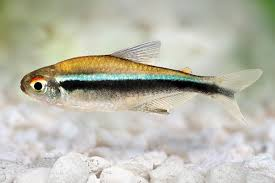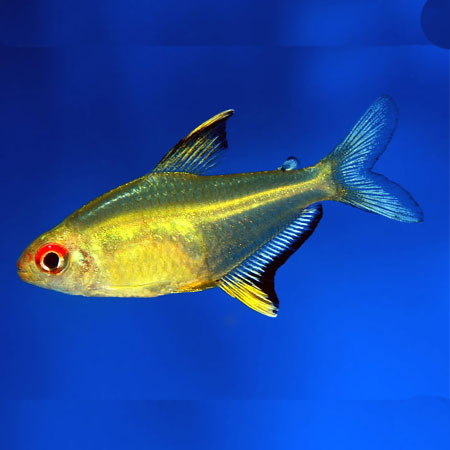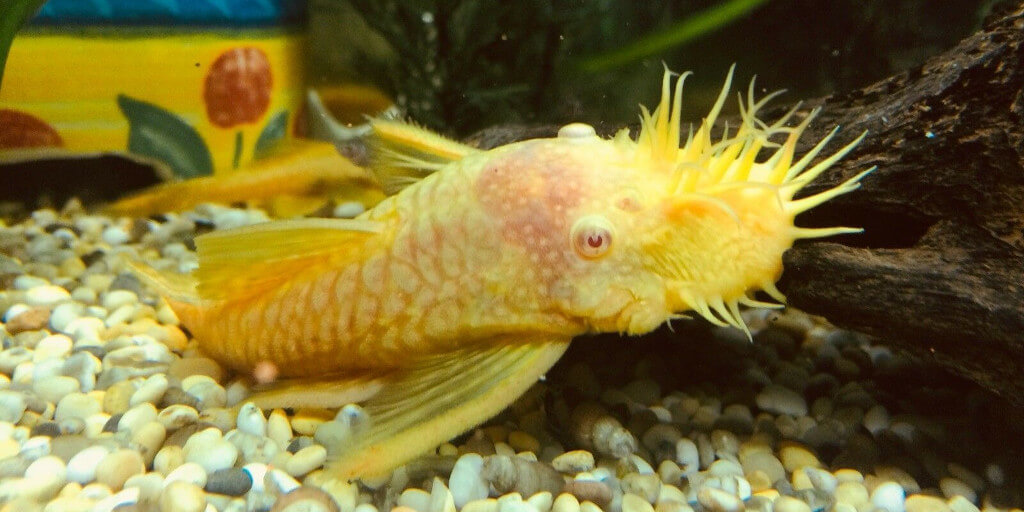The Tiger Barb (Puntius tetrazona) is a well-known species among freshwater enthusiasts, admired for its bold coloration and energetic personality. Its golden-orange body, accentuated with distinct black vertical stripes, makes it a striking addition to any community tank.
🌍 Origin & Habitat
Native to the tropical waters of Southeast Asia, particularly Sumatra, Borneo, and Malaysia, the Tiger Barb inhabits slow-moving rivers and streams rich in vegetation. Recreating this natural environment in your aquarium—using plants, driftwood, and open swimming spaces—will help your barbs feel at home.
💧 Aquarium Setup
-
Tank Size: A minimum of 20 gallons is recommended for a small group, as Tiger Barbs are active swimmers.
-
Filtration: Use a gentle yet efficient filter to maintain water clarity and stability.
-
Décor: Include plants like Java Fern, Anubias, or Amazon Sword, and ensure enough space for free swimming.
-
Lighting: Moderate lighting enhances their vibrant colors.
🍽️ Feeding & Nutrition
Tiger Barbs are omnivorous and not picky eaters. A balanced diet can include:
-
High-quality flakes or micro pellets
-
Live or frozen foods like brine shrimp, daphnia, or bloodworms
-
Blanched vegetables (zucchini, spinach) for variety
Feed small portions twice a day to avoid overfeeding and maintain water quality.
🤝 Tank Mates & Behavior
Tiger Barbs are semi-aggressive and known for their fin-nipping tendencies, especially if kept alone or in small numbers. To minimize aggression:
-
Keep them in groups of 6 or more
-
Avoid slow-moving, long-finned species (like angelfish or guppies)
-
Ideal companions include Danios, Corydoras, and other Barbs
🐣 Breeding
Breeding Tiger Barbs is achievable in captivity. Provide a separate breeding tank with soft, slightly acidic water and fine-leaved plants or spawning mops. The female will scatter eggs, which should be removed from adults soon after spawning to prevent predation.
❤️ Why Choose the Tiger Barb
-
Bright and eye-catching coloration
-
Hardy and adaptable – great for beginners
-
Active schooling behavior brings your tank to life
-
Easy to feed and maintain




Reviews
There are no reviews yet.